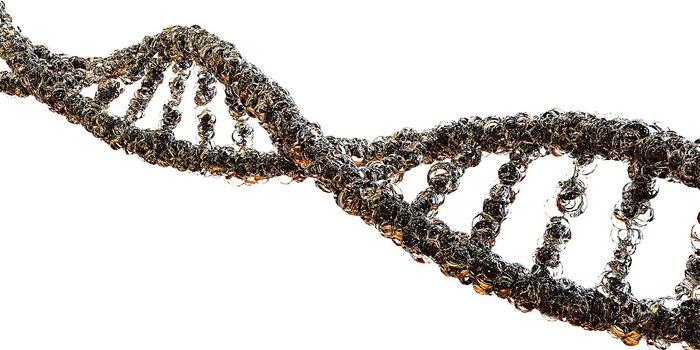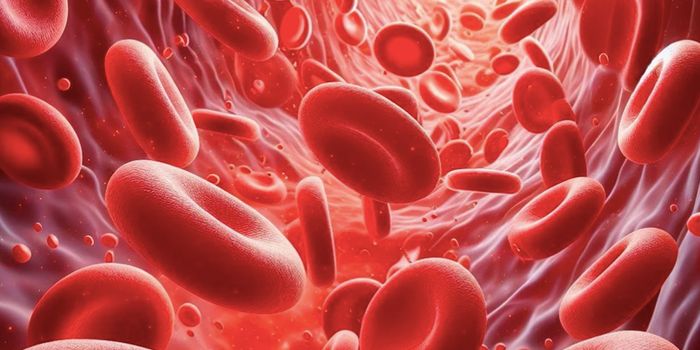How Researchers Engineered a Mouse Model of Bipolar Disorder
People with bipolar disorder (BD) have alternating episodes of depression, in which they feel sad, hopeless or indifferent; and mania, in which they are abnormally irritable or excited. It will be easier to create effective treatments for everyone that has this disorder if we have a clear understanding of how and why it happens. While lithium is a mood stabilizer that helps some people with BD, it is not an effective treatment for everyone. Animal models are often used to study the mechanisms that underlie various diseases and create therapeutics. But a good model for BD has not been developed until now.
Genome-wide association studies (GWAS) look for small changes in genes that are linked to an increased risk of disease, and this approach can have a lot of statistical power when it's applied to thousands of people. Studies have indicated that BD is connected to variants in a gene in the fatty acid desaturase (FADS) locus. The Fads1 and Fads2 genes encode for enzymes that convert omega-3 fatty acids into forms that the human body can use. Omega-3 fatty acids such as eicosapentaenoic acid (EPA) and docosahexaenoic acid (DHA) are used in the brain, and when levels are low, it appears to exacerbate BD.
Researchers decided to use CRISPR-Cas9 to engineer mice that lacked functional Fads1 and Fads2 genes. Once that was completed, the mouse model underwent behavioral testing. Over six months, the researchers observed behavioral changes and mood swings that included periods of abnormally low activity or hyperactivity.
"The hyperactivity episodes, in which activity was far above the norm, usually lasted half a day," noted Dr. Tadafumi Kato from Juntendo University in Japan.
When they were hyperactive, the mice spent more than the usual amount of time on running wheels and were less likely to stay still during a behavioral assay called a tail-suspension test. Lack of movement during a tail suspension test is often seen as an indicator of depressive-like behavior in mice.
Low activity periods, or hypoactivity lasted a long time, sometimes several weeks in the Fads-mutant mice. The mutants also had disrupted circadian rhythms when they were hypoactive.
The researchers were also interested in how omega-3 fatty acids affected these mice. When they were exposed to DHA or DHA along with EPA, the periods of hypoactivity were significantly reduced.
The mouse model was also treated with lithium. The symptoms in the mutant mice were also alleviated to a degree.
Interestingly, a mouse model that lacked the FADS enzymes only in brain cells did not exhibit the same mood symptoms as mice that were totally deficient in FADS. The mice could be a very useful tool in the study of BD, and could aid in the development of new treatments.
The findings have been reported in Molecular Psychiatry.
Sources: Juntendo University Research Promotion Center, Molecular Psychiatry









